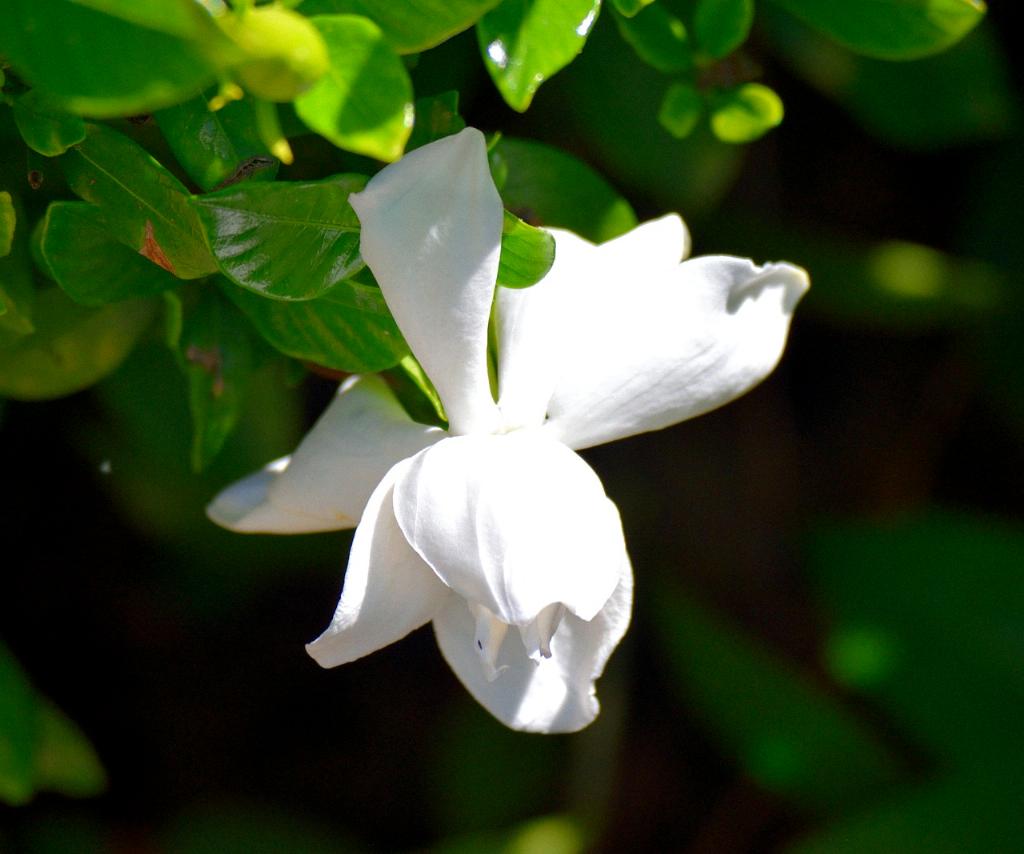Imagine stepping outside into your garden and being greeted by the intoxicating aroma of gardenia bushes. These lush, evergreen shrubs are prized for their glossy green leaves and beautifully scented white flowers, making them a favorite among garden enthusiasts worldwide. Gardenias, originating from the tropical and subtropical regions of Africa, Asia, Madagascar, and the Pacific Islands, have become synonymous with elegance and sophistication in garden design. Their fragrant flowers can boost the aesthetic appeal of any space, transforming a simple garden into a serene retreat.
Choosing the Right Spot: Best Conditions for Planting Gardenia Bushes
Finding the perfect spot for your gardenia bushes is crucial for their success. They thrive in well-drained, acidic soil with a pH between 5.0 and 6.5. The ideal location offers morning sun and afternoon shade, protecting these delicate beauties from the harsh midday heat. It’s essential to shield gardenias from strong winds, which can damage the flowers and leaves, yet provide enough circulation to fend off pests. An eastern-facing garden that receives gentle morning sunlight is perfect, making sure your gardenias get the essential rays without suffering from overexposure.
Essential Care Tips for Thriving Gardenia Bushes
To keep your gardenia bushes vibrant and healthy, consistent moisture is key—neither too dry nor too soggy. Soil moisture should be maintained but well-drained to prevent root rot, a common nightmare for gardenia lovers. Regularly using mulch helps retain soil moisture and keeps roots cool. Feeding gardenias with an acid-forming fertilizer in spring encourages lush growth and ample blooming. Remember, gardenias are heavy feeders but responding well to correct feeding will reward you with prolific blooms.
Pruning Practices: Keeping Your Gardenia Bushes in Great Shape
Pruning gardenias is vital for promoting robust growth and maintaining a tidy appearance. The best time to prune is right after the flowers expire, usually in late summer or early fall. This timing allows you to shape the plant without sacrificing next year’s buds, which form on new wood. Snip off any straggly branches to help the bush maintain its compact form, and remove older woody branches to encourage vigorous, fresh growth from the base.
Common Pests and Diseases Affecting Gardenia Bushes
Despite their beauty, gardenias are not without their challenges, particularly when it comes to pests and diseases. Common issues include aphids, mealybugs, and spider mites, along with fungal diseases like sooty mold and powdery mildew. Regular inspection of your bushes can help catch these problems early. Treating with appropriate organic or chemical treatments can prevent further damage, ensuring your bushes remain healthy and beautiful.
Winter Care Strategies for Gardenia Bushes
Gardenias are somewhat tender and may not withstand frosty conditions without some help. In colder zones, consider using a frost cloth to protect your gardenias or planting them in containers that can be moved indoors during winter months. This mobility allows you to provide a consistently suitable climate, regardless of external weather conditions, ensuring your gardenias survive the winter without major setbacks.
The Art of Propagating Gardenia Bushes
Propagating gardenia bushes is a rewarding way to spread their beauty throughout your garden or share with friends. The most common methods include cuttings and air layering. Taking cuttings in early summer, using a rooting hormone, and providing a stable environment can result in new gardenia plants that will start blooming within a few years. Air layering, another effective propagation method, involves wounding a part of the branch to encourage roots to form while still attached to the parent plant.
The Role of Gardenia Bushes in Landscape Design
Gardenia bushes can play various roles in landscape design due to their striking appearance and intoxicating fragrance. They make excellent hedges or privacy screens and are just as stunning when planted as solitary specimen plants. Integrating them into a sensory garden can be particularly effective, as their scent adds another layer of enjoyment, enhancing the overall sensory experience of the garden.
Troubleshooting Common Gardenia Bush Problems
If you notice your gardenia’s leaves turning yellow or dropping, don’t panic! This could be due to a variety of reasons such as over-watering, under-watering, or nutrient deficiencies—specifically, iron. Adjusting your watering schedule and ensuring your soil has the right nutrients can often resolve these issues. Keeping a close eye on the environmental conditions and adjusting care can bring your gardenias back to health.
Enjoying Your Gardenia Bushes: Tips for Optimal Bloom
To really relish the beauty of gardenias, timing and consistent care are non-negotiable. Providing the right light, water, and soil conditions are fundamental. Regular deadheading of spent flowers not only tidies up the plant but promotes further blooming, extending the flowering season and enhancing your garden’s beauty. Taking the time to enjoy the blooms, possibly cutting a few to bring indoors, can remind you why gardenias are worth the effort.

